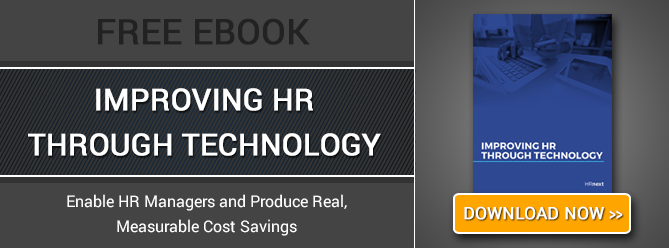4 Unexpected Drivers of Employee Engagement
As companies and HR professionals look for ways to increase employee satisfaction and engagement, understanding the drivers of engagement becomes an invaluable tool. Eighty-seven percent of corporate executives said that achieving high levels of employee engagement was their most important goal according to a recent survey by Deloitte University Press.
And the results of an engaged workforce are dramatic and well-documented: Businesses in the top 25 percent in employee engagement numbers outperformed bottom-quartile units by 10 percent on customer ratings, 22 percent in profitability, and 21 percent in productivity, according to a 2013 Gallup poll. Additionally, these businesses experiences lower turnover, shrinkage, and absenteeism—as well as and fewer safety incidents and product quality defects.
With that in mind, here are a few of the top proven ways to drive employee engagement:





Leave a Reply
Want to join the discussion?Feel free to contribute!